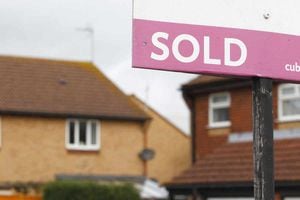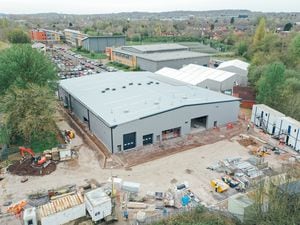Stamp duty explained
It's one aspect of buying a home that still causes confusion for many: stamp duty.

Understanding how stamp duty works is vital to avoid the mistake that some people make of not budgeting for it when purchasing a new home.
Starting in the UK in 1694, stamp duty is essentially tax paid to the Government for changing the documents that specify who owns a property.
Bear in mind that stamp duty is not paid on the first £125,000 of a property's value. It is a tiered tax, which means that you pay a percentage on portions of the value over £125,000.
These tiers are:
Nothing on the first £125,000 paid.
Two per cent on property prices between £125,001 and £250,000.
Five per cent on property prices between £250,001 and £925,000.
Ten per cent on property prices between £925,001 and £1,500,000.
12 per cent on property prices of £1,500,001 and over.
The amount that needs to be paid depends on the portion of the property price that falls within each band. For example, if you were buying a £260,000 property, two per cent would be paid on the £125,000 to £250,000 part of the purchase price, while five per cent stamp duty would be paid on the remaining £250,001 to £260,000. This amounts to stamp duty of £3,000.
However, if it's all getting a bit too complicated you can use the HMRC's online stamp duty calculator, so that you understand exactly how much you will need to pay.
After working this out you will need to submit a Stamp Duty Land Tax (SDLT) transaction return and pay any stamp duty owed within 30 days to the HMRC. Otherwise, you could face a fine or interest on overdue payment. However, the entire process is something a solicitor can assist with.
While some mortgage companies allow you to add stamp duty to your mortgage, it's better to try and pay it upfront, as any amount you add will accrue interest at the same rate as the rest of your mortgage borrowing.
To sum up stamp duty: it's an unavoidable cost of moving and should always be considered as an additional cost if the property you intend to buy is over £125,000.
If you are purchasing a Right to Buy property or buying multiple properties at the same time, some tax relief may be available.





